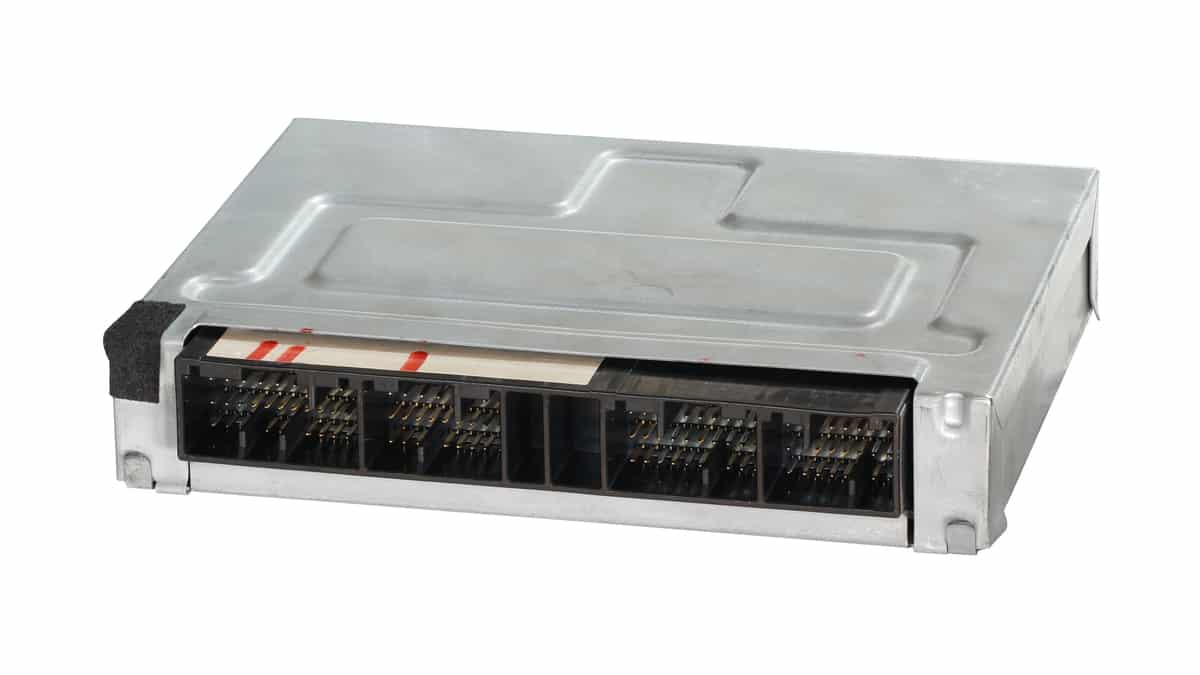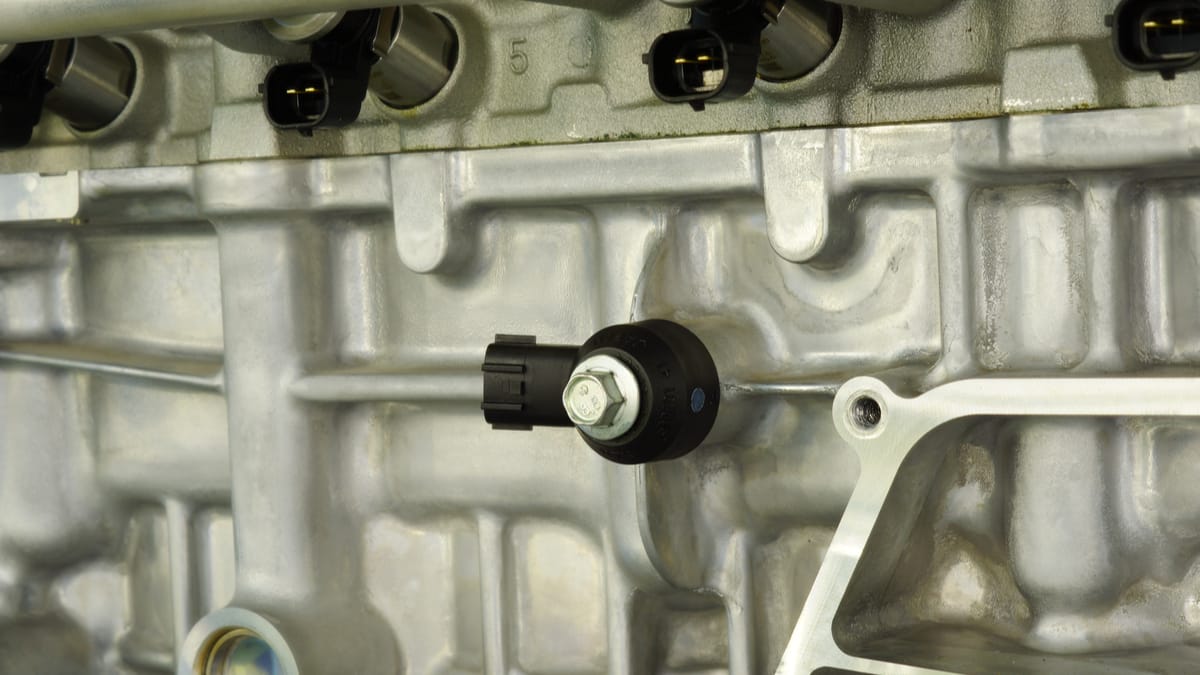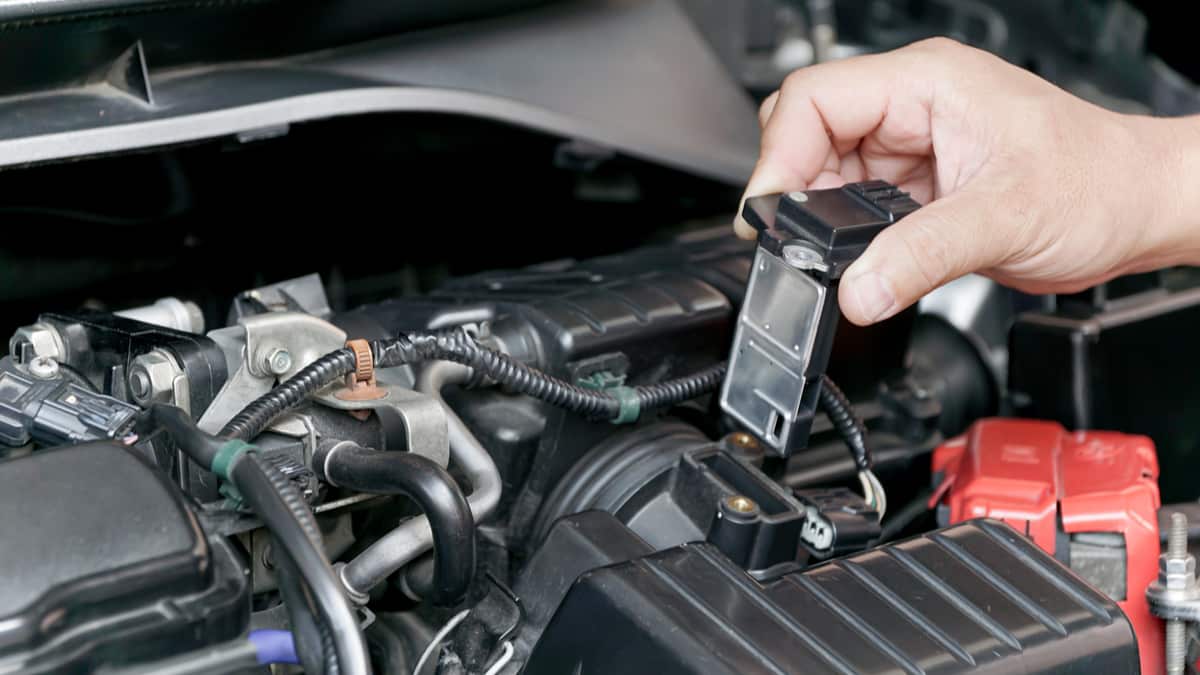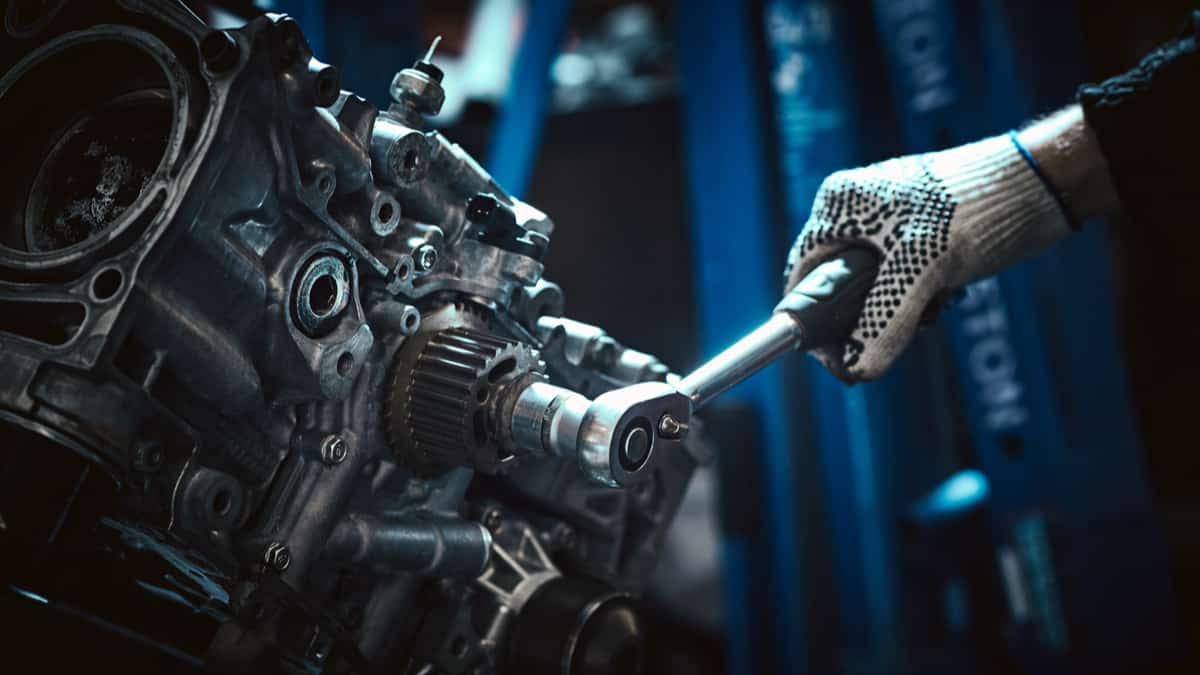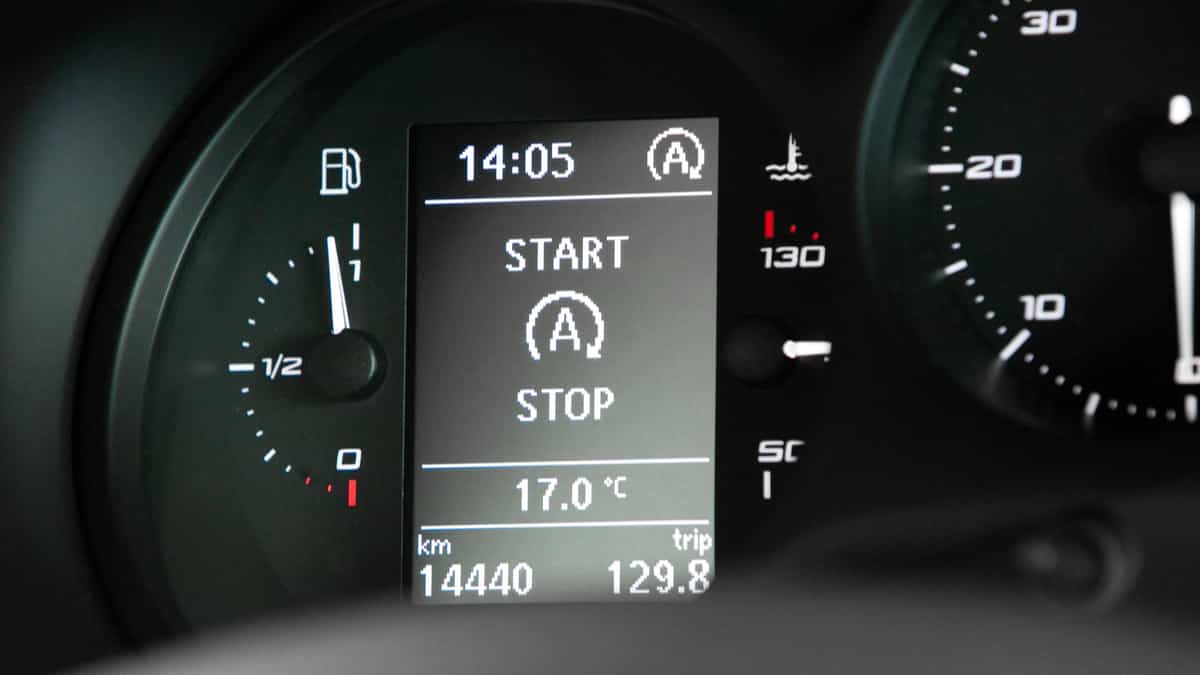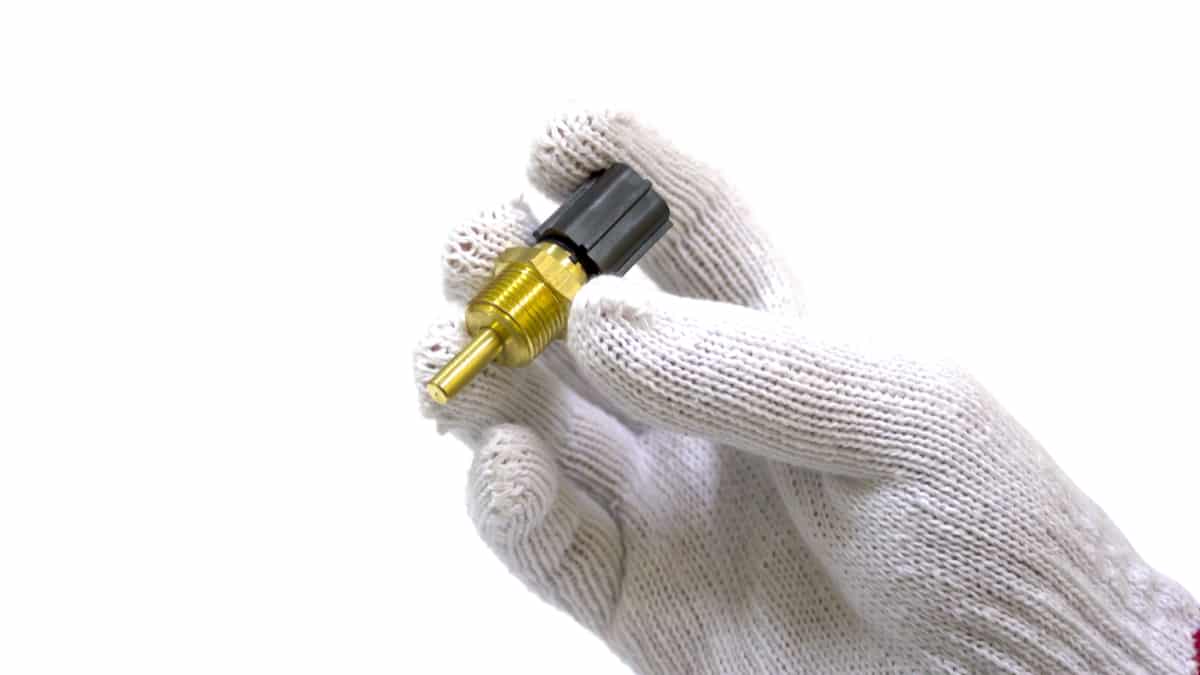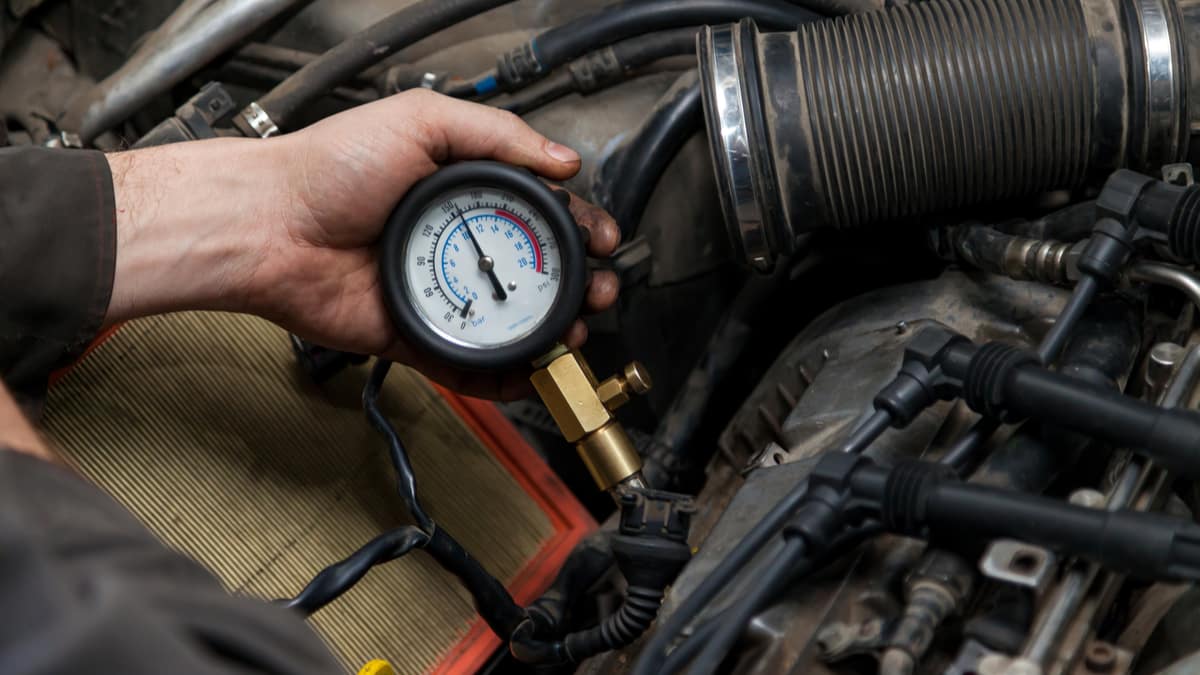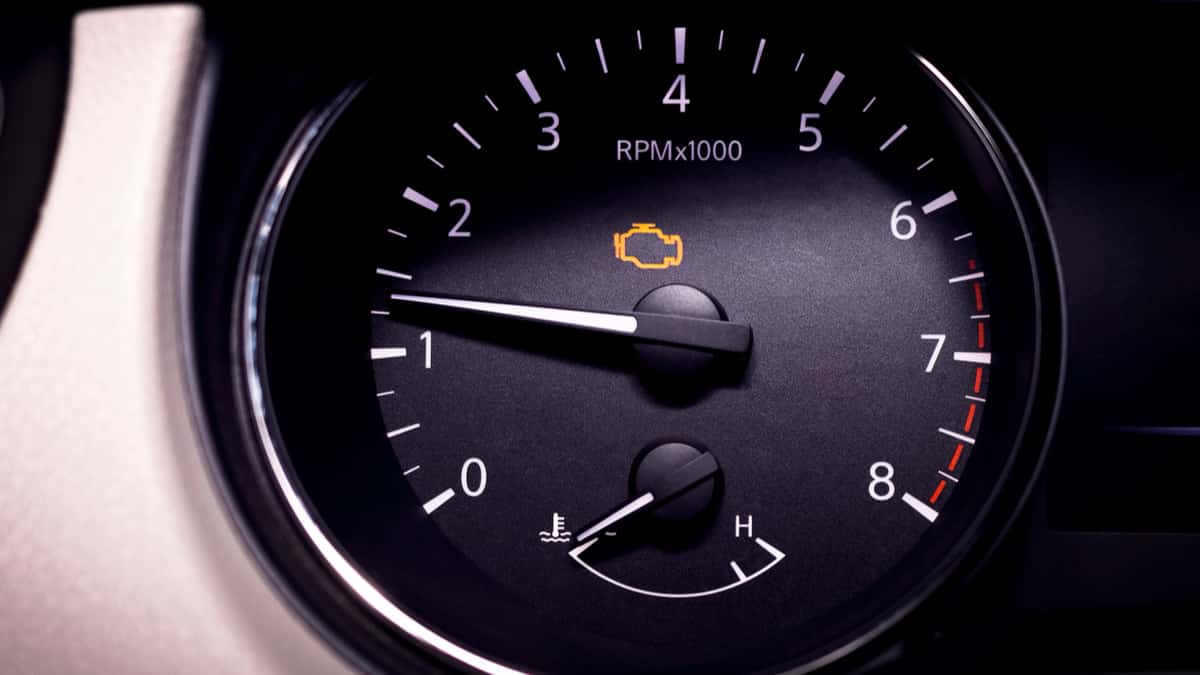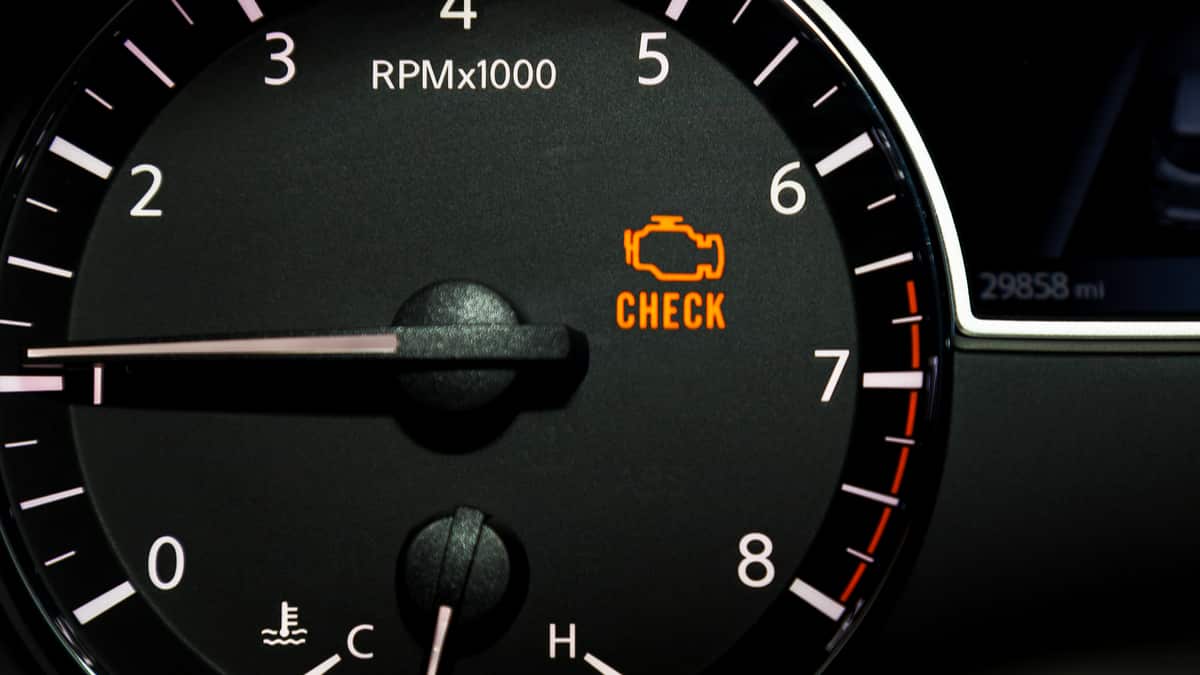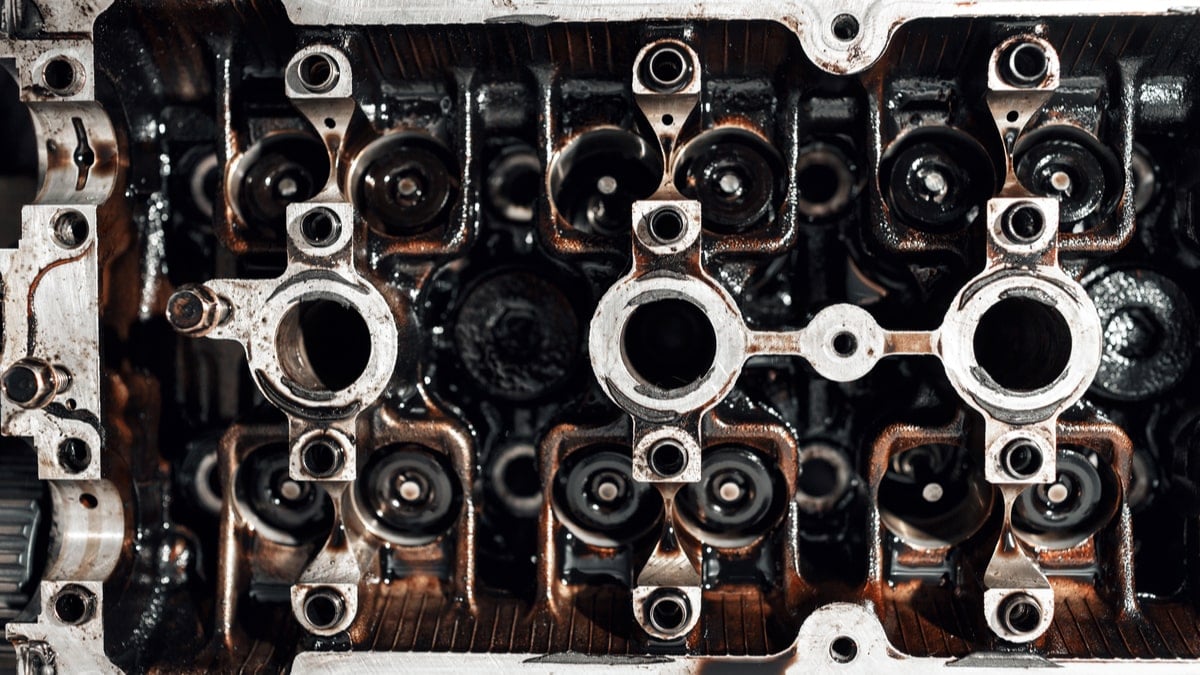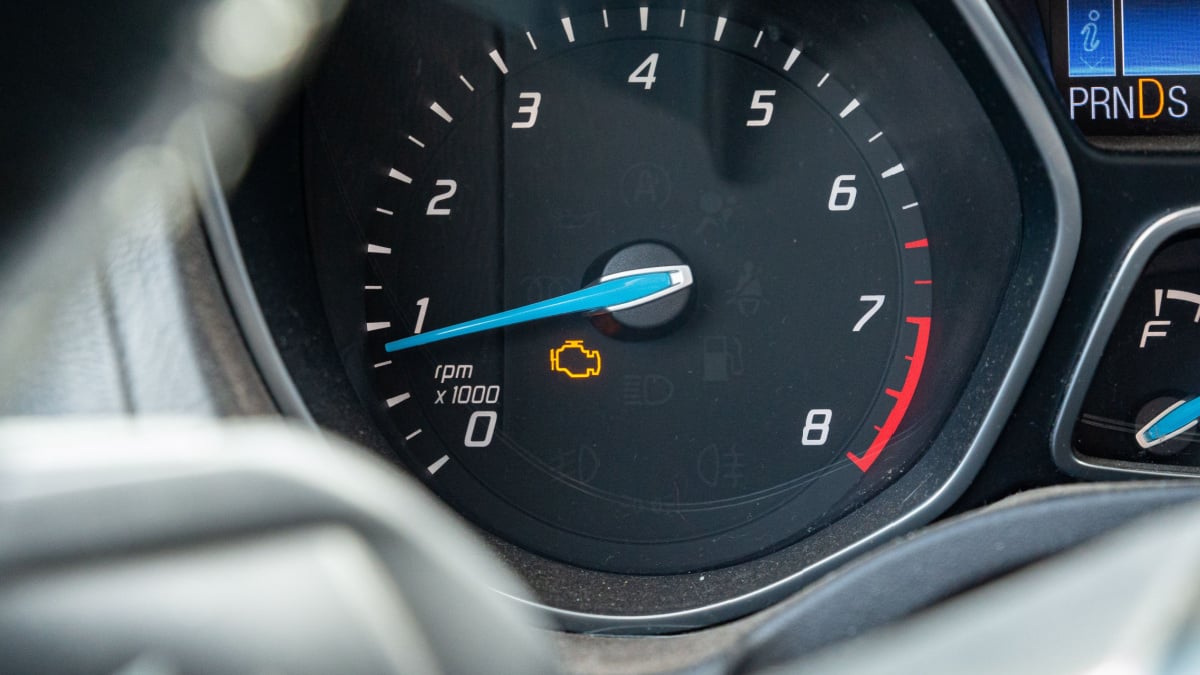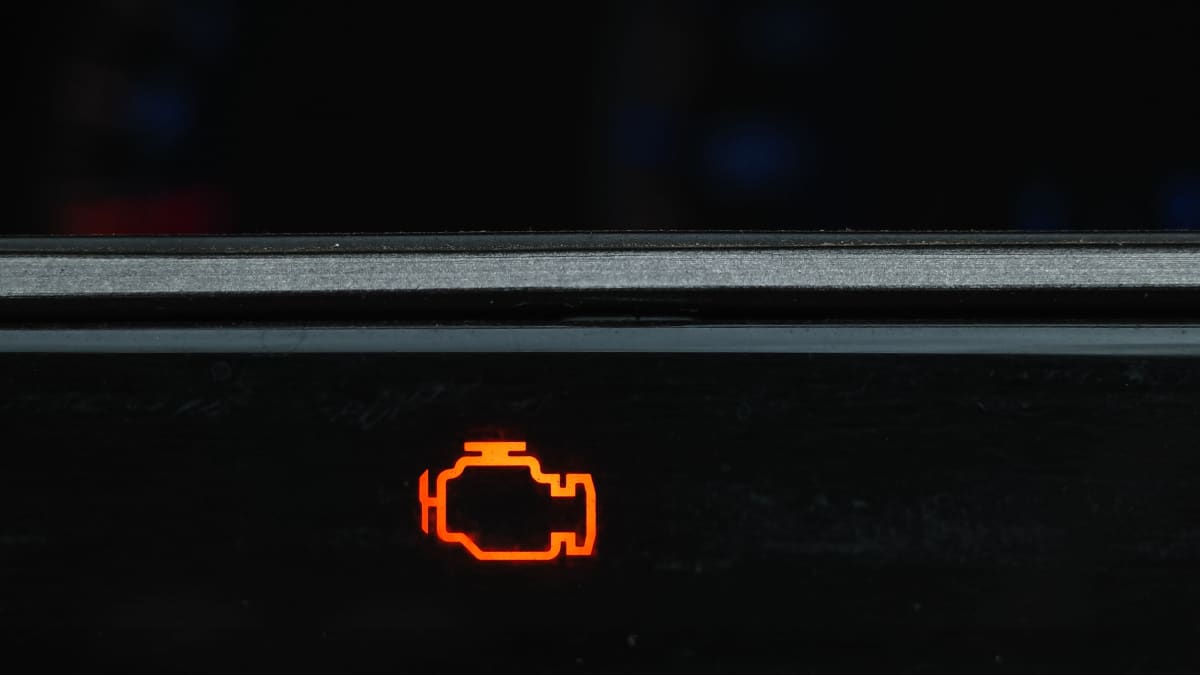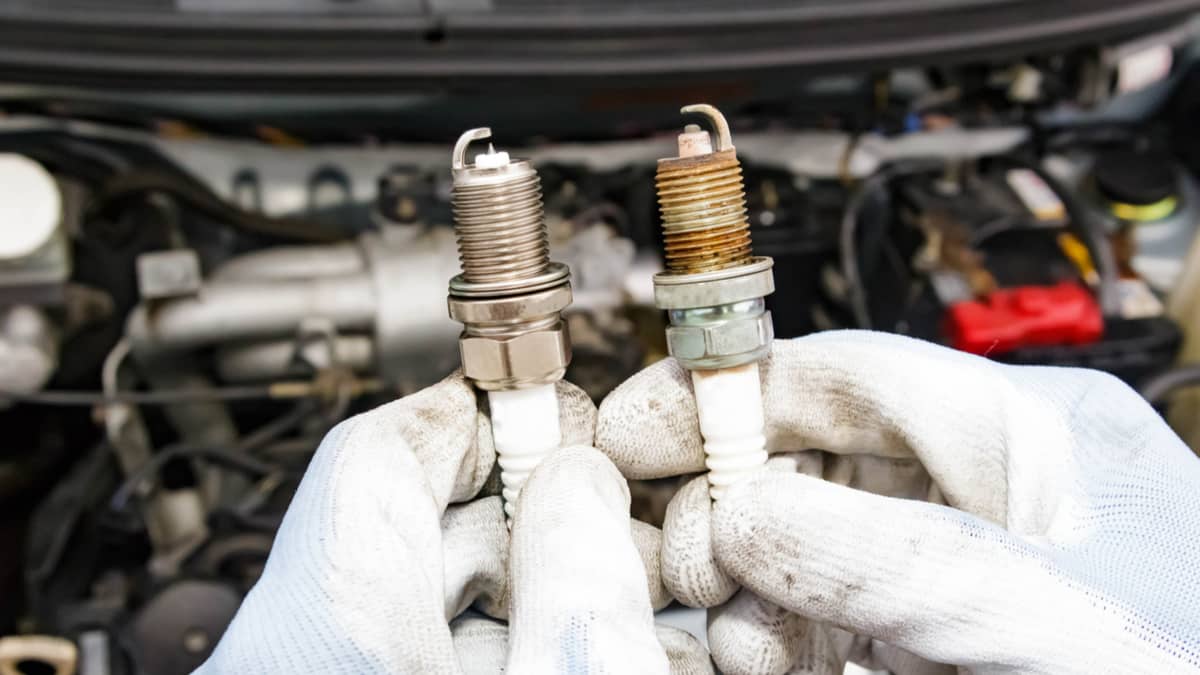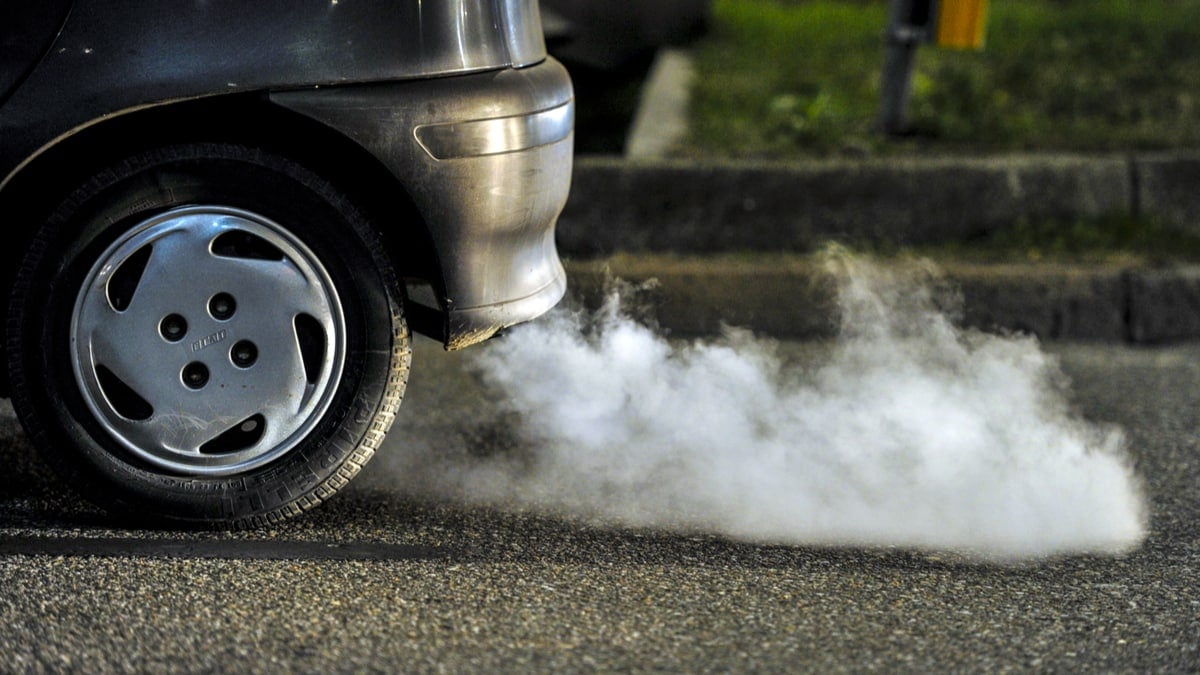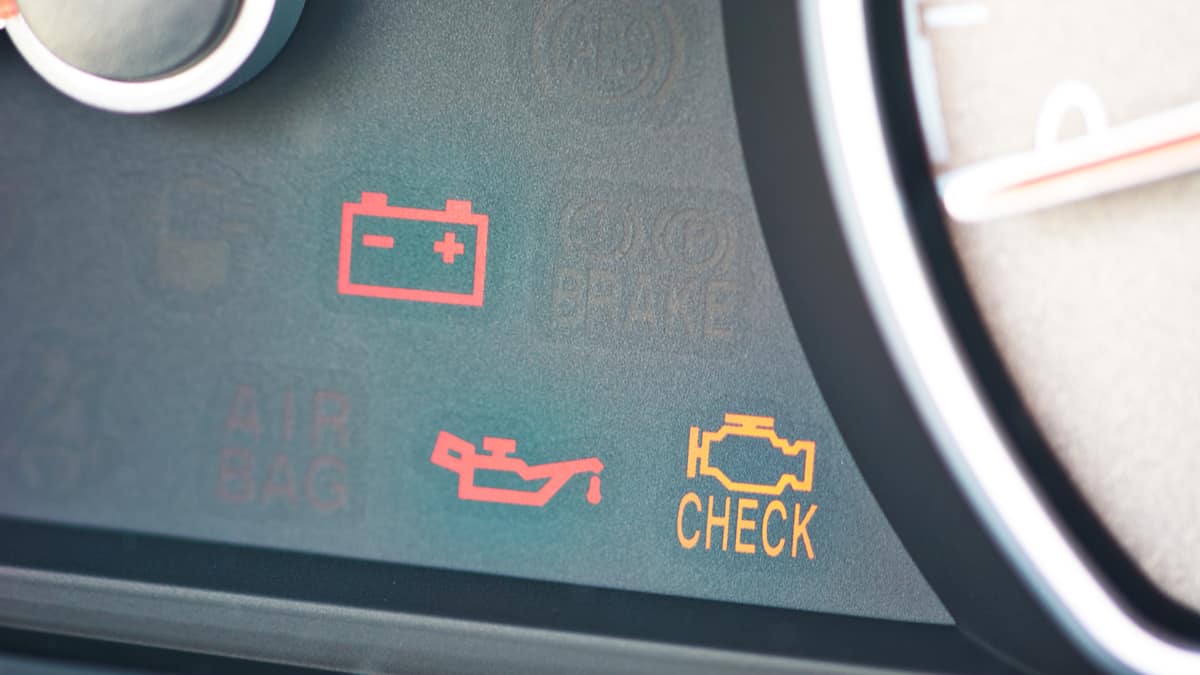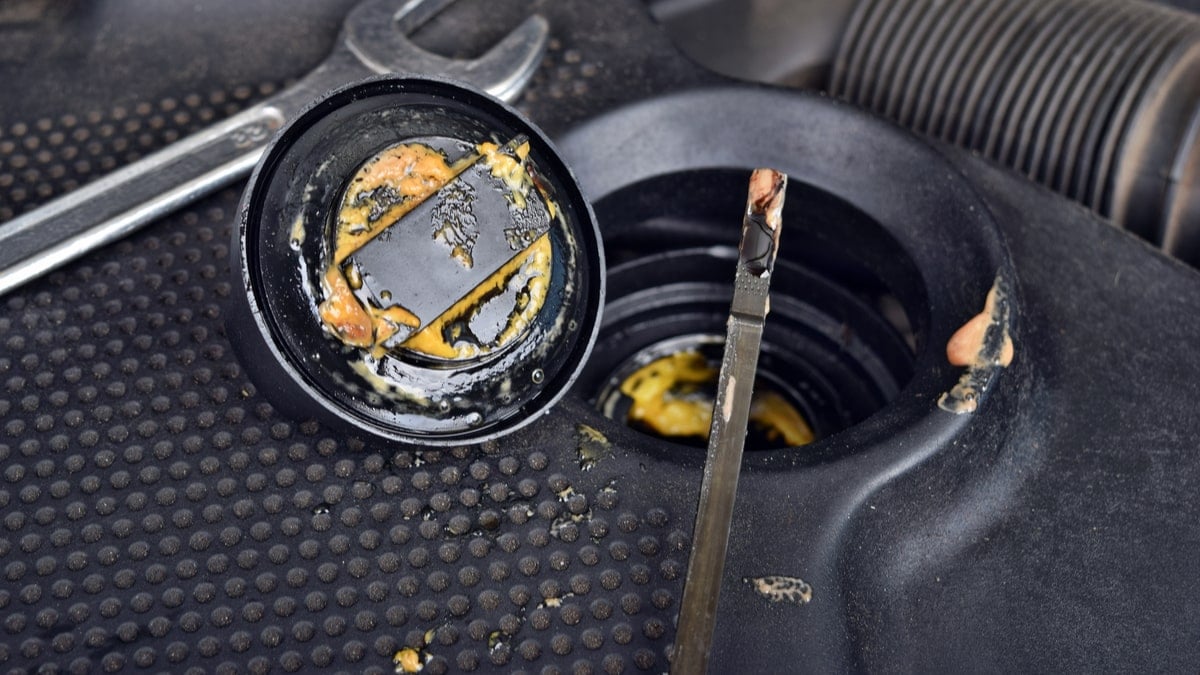Of all the things you could deal with while driving, engine sputtering is one that can cause a lot of alarm. Once it starts, it’s difficult to know whether or not the car will make it to its next destination. Yet, there are sometimes easy solutions to fix the problem, even though it feels like a major issue.
In this guide, we cover the most common reasons why the engine would sputter. We also show you some ways to fix it and answer your top questions.
Common Reasons Why Your Car Engine Is Sputtering
The engine can sputter because of bad spark plugs, a clogged fuel filter or a bad fuel pump. It also happens when there’s a vacuum leak or a dirty MAF sensor. You may also want to check for clogged fuel injectors, a bad catalytic converter or a malfunctioning oxygen sensor.
Let’s dive into these possibilities a little deeper.
1. Bad Spark Plugs
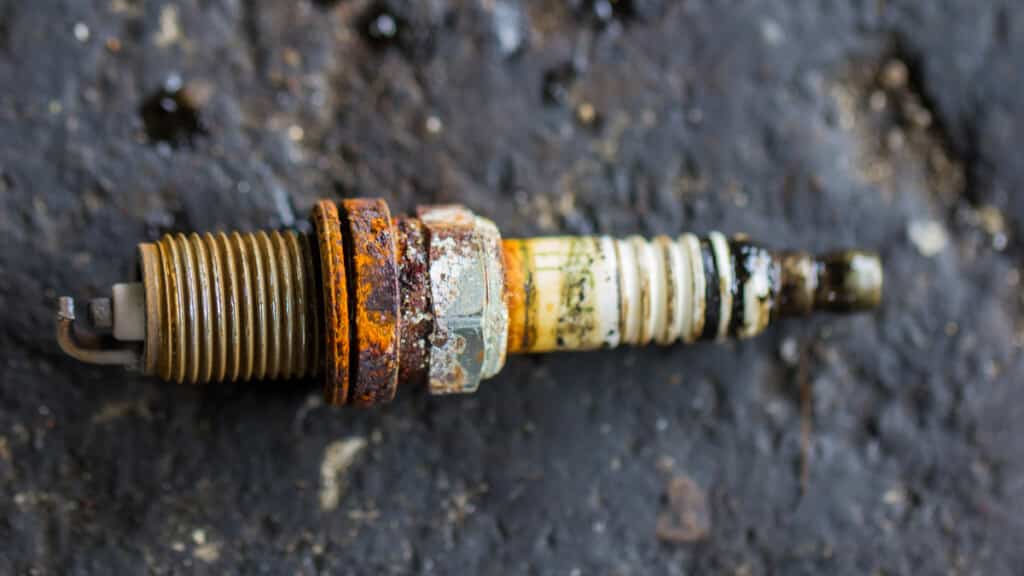
The most common reason that the engine sputters is that it needs a tune-up. Spark plugs are one of the most important parts to replace during a tune-up because they don’t last forever. Depending on the type of spark plug you are using, you may only get 30,000 miles out of them.
However, platinum and iridium plugs can last 100,000 miles without being changed. Either way, carbon buildup can foul the plugs and make the engine sputter, so you want to start by checking these parts first. If left unchecked, the engine can start to misfire.
RELATED: 7 Symptoms Of Bad Spark Plugs & Replacement Cost
2. Clogged Fuel Filter
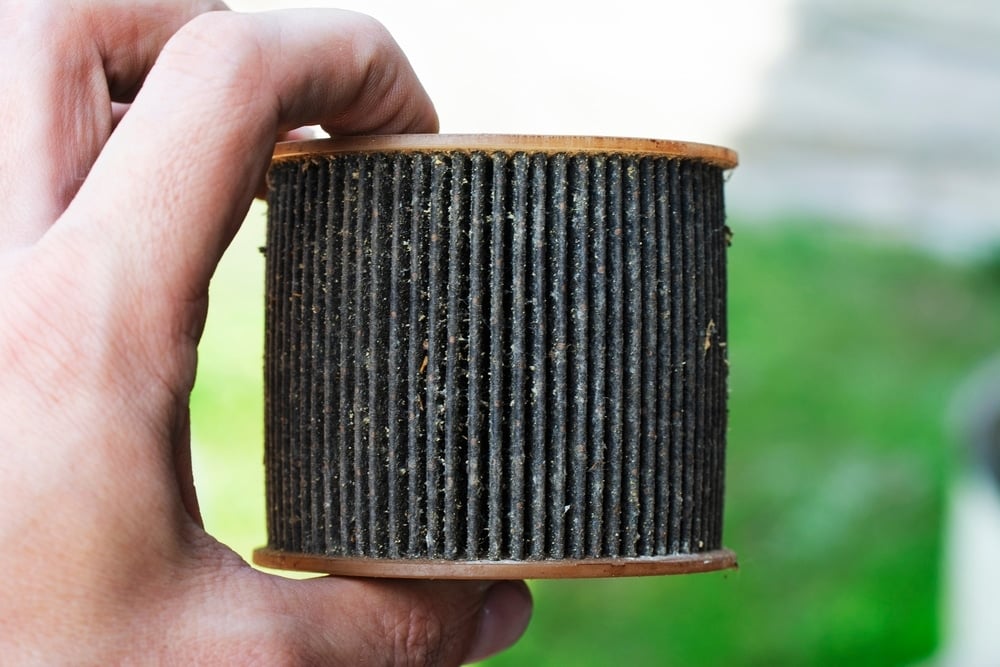
Sputtering can also occur because of a problem with the fuel system. Within this system, there is a fuel filter that is meant to be changed periodically. Over time, it gets filled with contaminants, debris and dirt that it has trapped and prevented from getting to the engine.
However, when the filter gets clogged up, the engine becomes starved of fuel and it can start to sputter. The motor will act as if it isn’t getting fuel, even if your gas gauge shows a full tank.
3. Bad Fuel Pump
The fuel pump isn’t a part that should be replaced with regular maintenance, but it can fail. Because the pump is needed to move fuel from the tank to the engine, any problem can lead to starvation of the motor.
The pump can fail if you continually let your tank run low and it starts to suck up debris from the bottom. It can also fail simply because of old age.
4. Vacuum Leak
Because the engine operates as an air pump, there is an entire vacuum system helping it run. If any of the hoses or parts lose vacuum or create a leak, the engine won’t get what it needs to run.
The engine will inject unmeasured air, which will result in a faulty air-fuel mixture. Again, the engine becomes starved and sputtering occurs.
5. Dirty Or Bad MAF Sensor
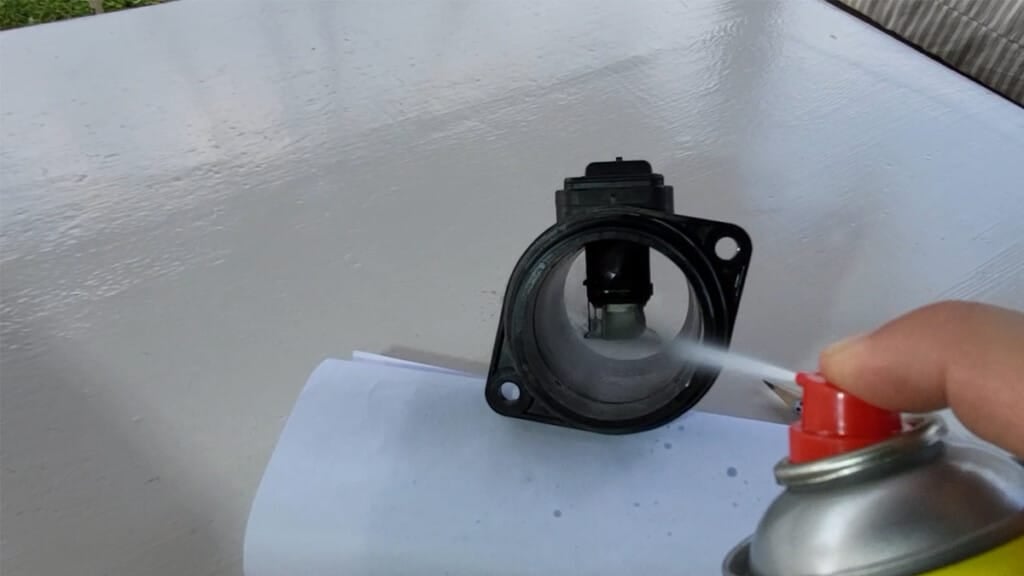
The mass airflow (MAF) sensor is responsible for monitoring all incoming air to ensure there’s enough getting to the combustion chamber. It helps to create the perfect air-fuel ratio in the motor.
If the MAF sensor is sending out inaccurate data to the engine control unit (ECU), the wrong mixture ends up in the engine. If the results produce less fuel being injected, the engine starves and starts to sputter.
RELATED: 8 Symptoms Of A Bad MAF Sensor and Replacement Cost
6. Clogged Fuel Injectors
The injectors are another vital component of the fuel system. Their job is to spray a steady flow of fuel into the engine. The amount of fuel injected is determined by the sensors and ECU.
If the fuel injectors get clogged or become dirty, fuel won’t be able to flow properly. The engine starts to sputter when it can’t get an adequate amount of fuel.
7. Bad Catalytic Converter
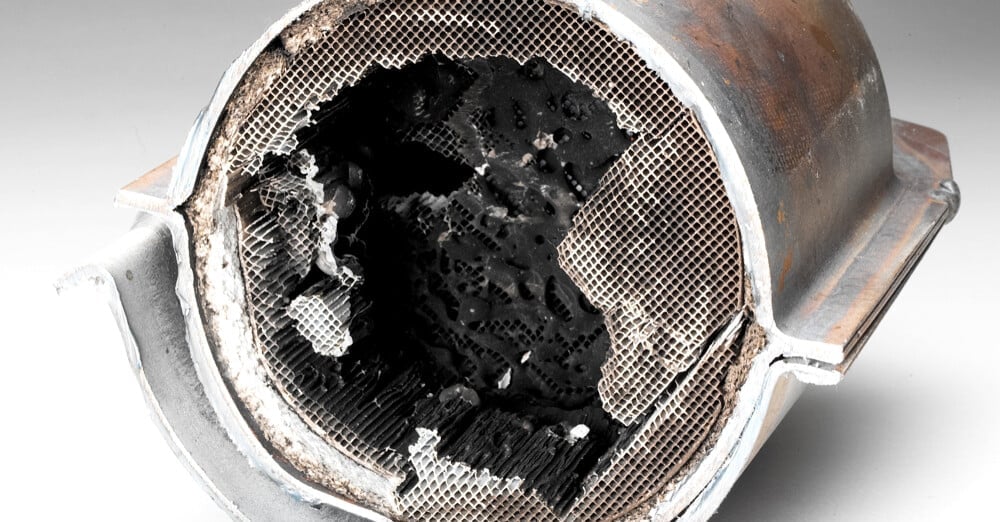
The catalytic converter is essential to the emissions system. Yet, it’s also prone to getting clogged over time, especially if the air-fuel mixture isn’t right.
Because the exhaust needs an unobstructed path out of the tailpipe, a clogged converter can lead to a backup. When the exhaust can’t escape, your engine suffers. You may notice sputtering and a lack of acceleration until you fix the clog.
8. Bad Oxygen Sensor
The same results occur when the oxygen sensor is bad. Because this sensor is needed to check how much oxygen is coming from the exhaust, any inaccurate data provided to the ECU can change the mixture in the combustion chamber.
More air may get injected, leading to a lack of fuel. Without fuel, the engine is going to sputter, just like it would if the car was running out of gas.
How To Fix A Sputtering Car Engine
Once you know what’s wrong with the engine, it’s easy to fix. Start by reading the trouble codes. Then, check and replace the spark plugs or diagnose the fuel pressure. You can also look for vacuum leaks or clean the MAF sensor. Otherwise, you may need to call a professional mechanic.
Here are some suggestions to get you started.
1. Read Trouble Codes
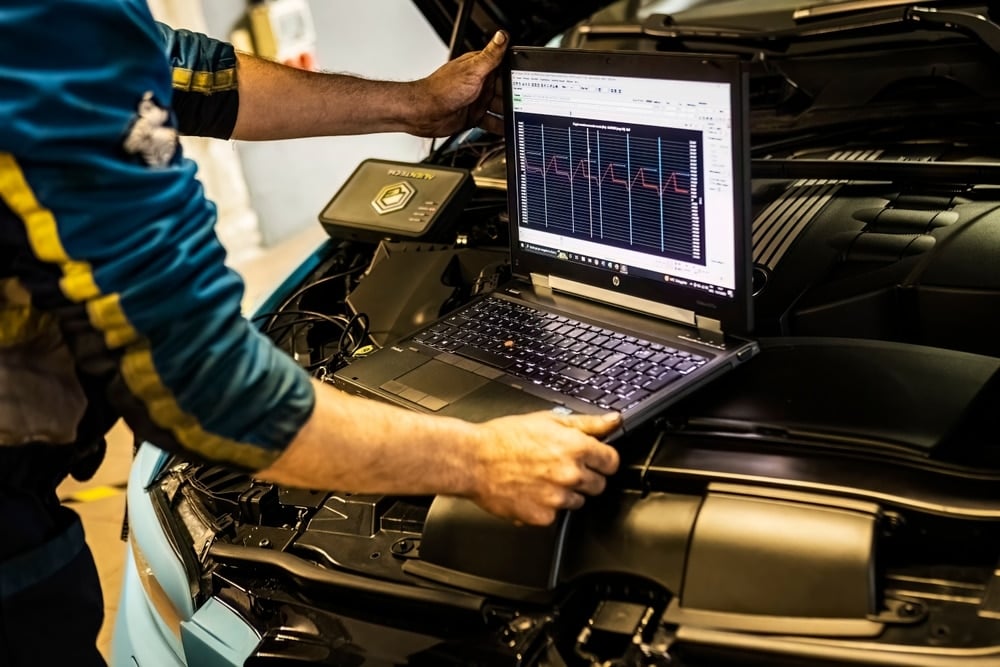
The first step in figuring out any car trouble is to read the DTCs. If the Check Engine Light is on, you can bet that a code has been set in the computer. With your compatible scanner, you can see what the codes mean.
They aren’t all easy to understand, which is why we offer a trouble code library for your reference. If there are too many to look at, reset the codes and take the car for a short drive. The newest codes will reset, making it easier for you to figure out.
2. Check Spark Plugs
If you haven’t changed the spark plugs in a while, you want to take a look at them. Here are some basic steps to consider.
- Remove the spark plug and visually inspect it. If it looks brand-new, there’s nothing wrong with the plug.
- If the plug has damage to the electrodes, you may not have used the right octane fuel. Replace the spark plug.
- If there’s carbon buildup on the plug, you may be able to clean it off. Use spray-on cleaner for the spark plug and a wire brush.
- Use a spark plug tester to determine if they need to be replaced.
When you choose a new set of spark plugs, you may prefer to upgrade to a set of platinum or iridium, which ensure you get more life out of them.
3. Check Fuel Pressure
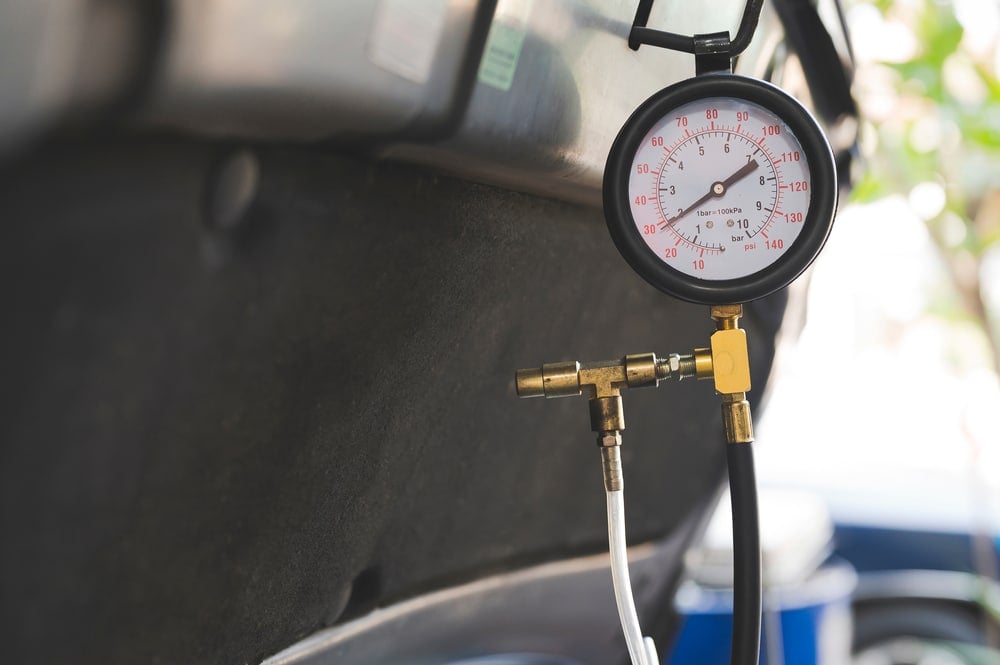
Use a fuel pressure tester to check how much fuel is flowing. The proper specification will be listed in your service manual, as it differs per model.
For example, older throttle-body systems may be fine with just 10 psi, while the multi-port injection system may show 60 psi. Even the same vehicles with different model years can be different. For example, the 1996 Corvette LT1 V8 shows 40 to 42 psi, while the 1997 LS1 V8 must be at 58 psi.
If there’s a problem with fuel pressure, you need to figure out where the issue lies. Maybe you only need to replace the filter, or you may need a new pump. Otherwise, you may be able to clean the injectors with an additive and be on your way.
4. Look For Vacuum Leaks
It’s not always easy to find a vacuum leak, but there are some steps that might help.
- Start by finding the vacuum lines and connections. You can find a diagram in your service manual.
- Visually inspect the lines and connection for obvious issues. If there’s a crack or disconnection, you can replace it quickly.
- Take a propane torch and run it along the lines without igniting it. If the idle spikes, you know you’ve found your fault.
You could also use carb cleaner to test for a leak. Follow the same steps as we did with the propane torch. Just be careful that you don’t spray a surface that could ignite the cleaner or propane torch.
5. Clean The MAF Sensor
If the MAF sensor is causing issues, you may be able to clean it. Follow these steps.
- Unplug the sensor. Make sure the engine is off and the keys are out of the ignition. Only perform this step when the engine is cool.
- Slide the sensor out of the brackets holding it in place.
- Clean the sensor with a product meant for the MAF sensor.
- Let the sensor dry completely.
- Reinstall it and tighten the brackets.
If the cleaning didn’t fix the problem, you may need to replace the sensor instead.
6. Contact A Professional
If you can’t figure out the problem or aren’t sure how to repair the fault, reach out to a professional. Whenever the engine is sputtering, you want to get it fixed right away.
As professional mechanics, we’ve seen far too many people ignore the problem and it turned into something major. If you don’t want to be stranded on the side of the road or deal with costly repair bills, it’s best to get it looked at the first time it sputters.
Is engine sputtering bad?
Not necessarily. The sputtering indicates that the engine isn’t getting the fuel it needs. In some cases, the repair is simple and won’t take a lot of time. However, it could be something more serious, which is why a professional diagnosis is needed to avoid further issues.
How do I know if my engine is sputtering?
A sputtering engine can occur in multiple degrees. At first, it may just feel like it’s hesitating or not getting enough power, especially while accelerating. In extreme cases, the sputtering can turn into misfiring or backfiring, which is even more serious.
Can low oil cause sputtering?
Low engine oil isn’t normally going to cause the same type of sputtering sensation that a lack of fuel does. However, low oil levels can lead to misfiring. Worse than that, without the right amount of oil the engine doesn’t have the lubrication it needs and damage is sure to follow.
Is sputtering a misfire?
Not necessarily. Sputtering could just be a lack of power or delayed acceleration. It feels as though the engine stumbles when pushed. However, when the sputtering becomes more serious, it can turn into misfiring or backfiring, which are much more alarming situations.
Can spark plugs make your car sputter?
Yes, when the spark plugs are fouled or bad, your engine can start sputtering because one or more cylinders isn’t firing correctly. This condition is also known as a misfire, which can be damaging to the engine and should be dealt with promptly.
At the first sign of an engine sputter, you should have the vehicle inspected immediately. Even if it’s a small sputter at first, the problem can become major quickly. While the engine is being starved for fuel, you are allowing more wear than necessary.
In some cases, a simple tune-up is all that’s needed to get the car running right again. Otherwise, you may need to replace some parts, but the repair will help the vehicle stay on the road longer.
Categories: Engine, Troubleshooting

